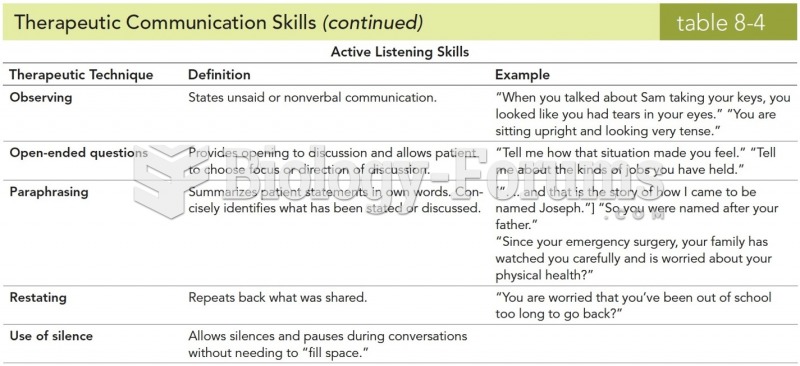Answer to Question 1
Answer: There are many considerations that go into analyzing the best medium for your persuasive message. They include: the number of people in your audience and your ability to reach them all in a timely way; the complexity of your content; the amount of resistance you expect; your audience's communication preferences. If you need only persuade one person, their communication preferences can be the driving force in your decision of which medium to use. But what if you've got to reach a lot of people, in different geographic locations, at approximately the same time? In this case an email or a memo is a likely choice, even if the individuals in the group prefer phone calls or face-to-face meetings. And sometimes it's not just about logistics, but persuasion itself. If you want to put someone on the spot and make it more difficult to say no, a face-to-face meeting or a phone call will make it harder for your audience to respond negatively. Conversely, if you want to give the audience time to carefully consider your appeal before responding, you would avoid a live conversation in favor of another mode of communication.
Answer to Question 2
Answer: Analyze. Remember to analyze the elements covered at the beginning of this chapter, including your purpose, your audience and content needs, and your medium choices. When analyzing the purpose, you need to consider your purpose, desired outcome, and business result. When analyzing information needs, you should think about what the audience needs to know, and what they may already know. You should also analyze the motivations and benefits for your audience. What will motivate the audience to comply with your request and how will the audience benefit. Also, think about potential resistance. What concerns and objections will the audience have. Determine the proper medium, or the best medium for this message based on the purpose, audience and content. Consider the order and organization of the message when composing. Should the message be directwith the main point at the beginningor indirect? You decide that you need to begin the conversation by reintroducing yourself and building your credibility as a business professional and active member of the bar association. Your request will be indirect, coming after you have reestablished this relationship. Finally, determine how you can best organize the message so that it is a persuasive request.







